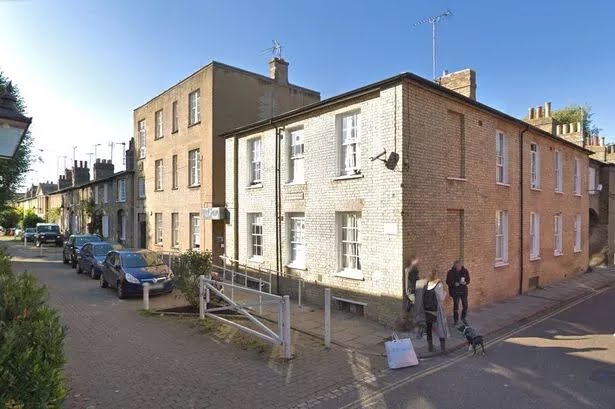Is Damp in a Property Expensive to Repair?
Rising damp can indeed be costly to remediate. The expense arises not only from halting the ingress of moisture but also from addressing the damage it causes to the structure and finishes of the property. While there are precautionary measures homeowners can implement to mitigate the effects of rising damp, there is often little that can be done to prevent it entirely once it takes hold.
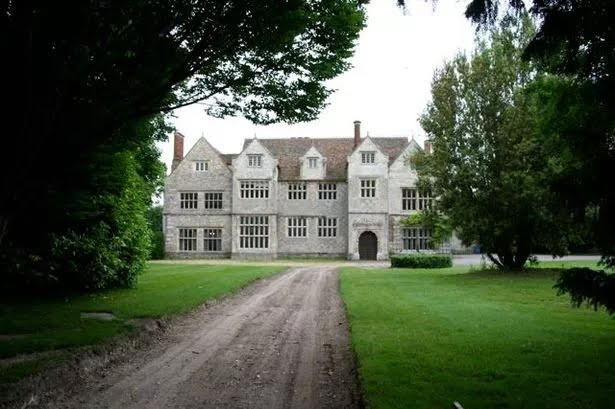
Is it Advisable to Purchase a Property with Damp?
When considering the purchase of a property, it is imperative to be vigilant for signs of damp. A thorough inspection is crucial, as issues such as a faulty damp-proof course (DPC) can lead to significant financial outlay post-purchase. Identifying such problems before finalizing the sale allows for more accurate negotiations and prevents unexpected costs after ownership is transferred.
Does Building Insurance Cover Damp?
It’s important to understand that most standard home insurance policies do not cover damage caused by damp or condensation. The longer damp is left untreated, the more costly the repairs can become, particularly if structural treatments such as a new damp-proof course are required, which can run into thousands of pounds.
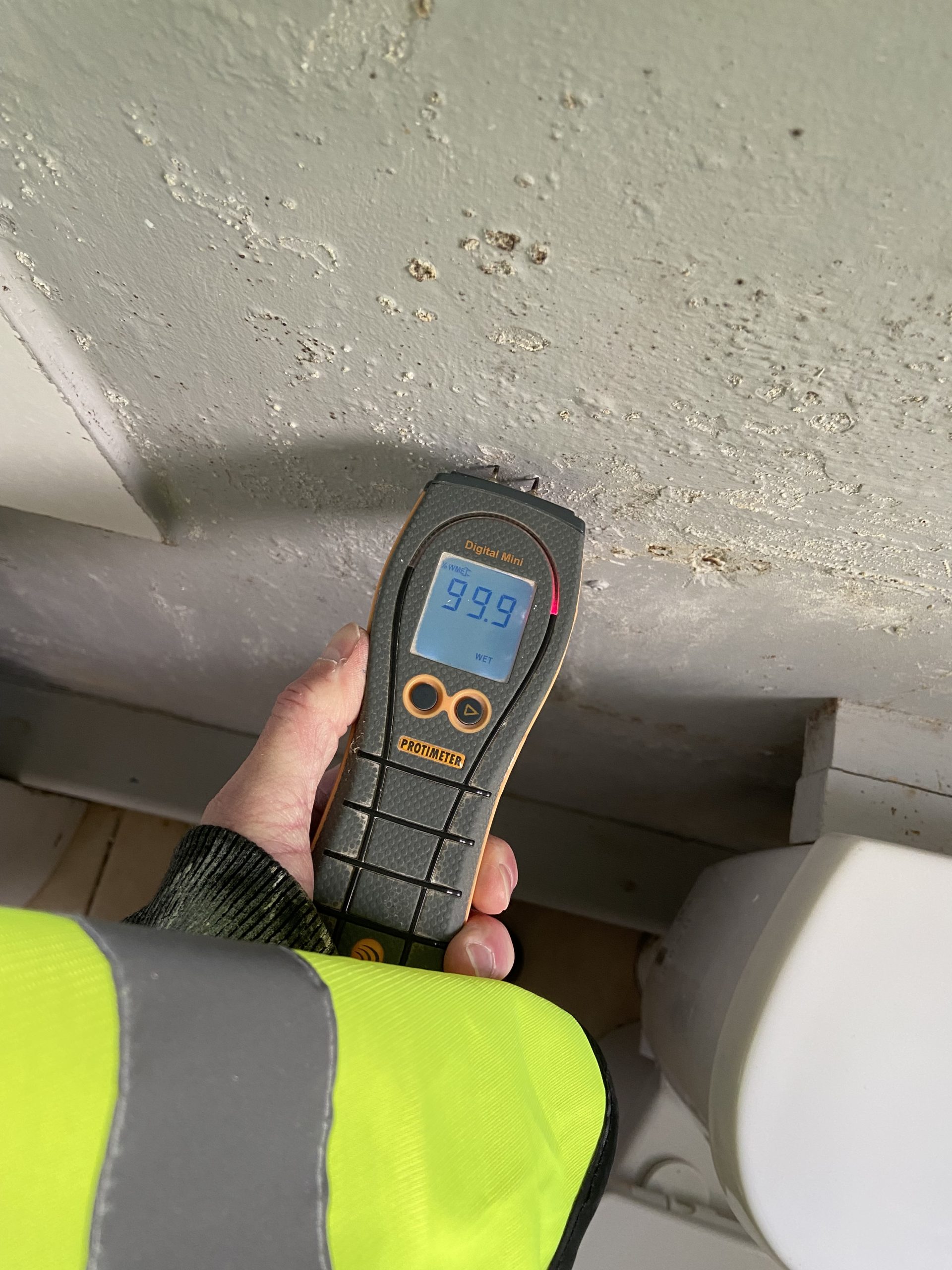
Is it Possible to Live in a Property Affected by Rising Damp?
While it is possible to inhabit a property with rising damp, it is far from ideal. Left untreated, rising damp can lead to structural issues, as well as significant damage to interior plasterwork, flooring, and decorative finishes. The musty odor and potential health hazards make it an unpleasant and sometimes unhealthy environment in which to live.
Do Builders Handle Damp Repairs?
General builders may address surface issues related to damp, such as gutter repairs or roofing fixes, but the expertise required to fully resolve damp problems often lies with specialists. Builders with experience in ‘wet trades’ might remove affected plaster and apply waterproof render, but they may not utilize advanced methods like tanking slurry, which is often necessary for comprehensive damp-proofing.
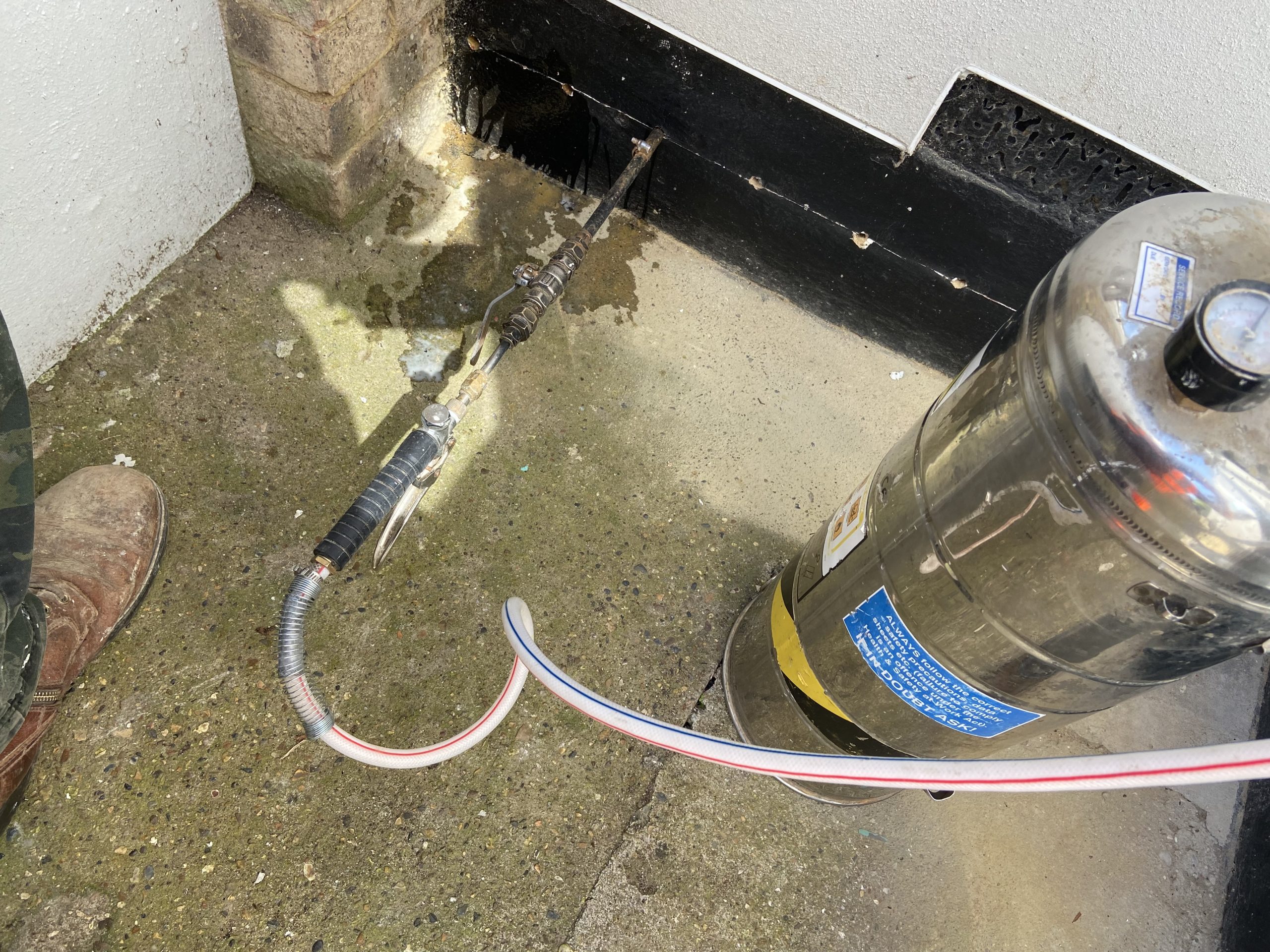
Can Damp be Permanently Eliminated from a Property?
Yes, rising damp can be permanently addressed through the installation of a chemical or osmotic damp-proof course (DPC), or by fitting a new damp membrane. A DPC, typically injected into the masonry, acts as a water-repellent barrier, while a damp membrane creates a physical obstruction that prevents moisture from penetrating the property.
Is it Legal to Sell a Property with Damp?
Yes, it is legal to sell a property with damp, provided that any issues likely to cause structural damage or health concerns are fully disclosed to potential buyers. However, rectifying the damp problem before putting the property on the market may attract more buyers and increase the asking price.

Do Dehumidifiers Solve Damp Problems?
Dehumidifiers can help reduce humidity and prevent condensation, but they do not solve the underlying causes of damp. To effectively tackle damp, it is essential to understand and address the root causes, whether they be structural defects, poor ventilation, or other moisture-related issues.
How Do You Dry Out a Damp Property?
To expedite the drying process in a damp property, ensure adequate ventilation by opening windows and doors and using fans to circulate air. Dehumidifiers can assist in reducing airborne moisture, indirectly drying out walls. For severe cases, removing baseboards and molding can prevent moisture from becoming trapped behind them.

How Long Does it Take to Repair Damp?
The time required to repair damp issues depends on the extent of the damage and the size of the property. Small homes with minimal damp problems can be treated within a few days, while larger properties with extensive damp may require several weeks for a full resolution.
Does Heating Help Reduce Damp?
While heating can temporarily alleviate the symptoms of damp in a property, it does not provide a permanent solution. Ensuring the home is warm can slow the spread of damp, but addressing the root cause—whether it be leaks, condensation, or faulty damp-proofing—is essential for long-term prevention.
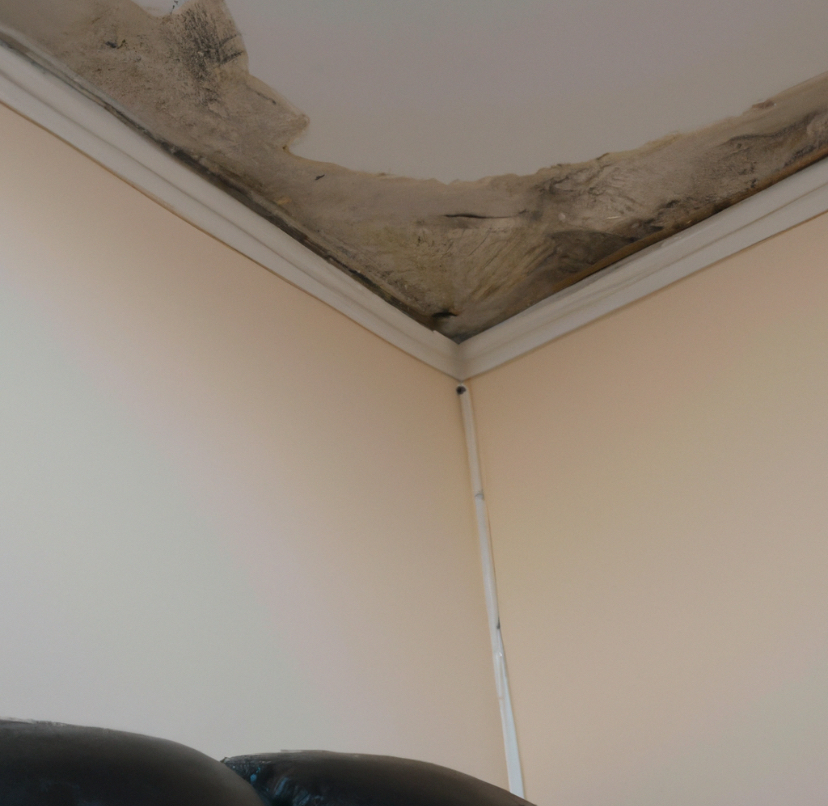
How to Prevent Damp from Penetrating Walls
Damp can severely compromise both the structural integrity of a home and its air quality. Key preventive measures include:
- Ventilation: Ensure proper air circulation, particularly in moisture-prone areas like kitchens and bathrooms. Consider installing extractor fans to reduce humidity.
- Central Heating: Heat all rooms evenly, as unheated spaces are more susceptible to damp.
- Leak Detection: Regularly inspect gutters, walls, and roofs for leaks or cracks.
- Pipe Lagging: Insulating pipes can prevent condensation and associated damp.
- Window Maintenance: Check for cracks or rot in window frames.
- Fireplaces: Inspect fireplaces for potential moisture ingress.
- Condensation Management: Wipe away condensation from windows before it can lead to mould.
By implementing these strategies, property owners can reduce the likelihood of damp taking hold and preserve both the value and habitability of their property.

![]()

